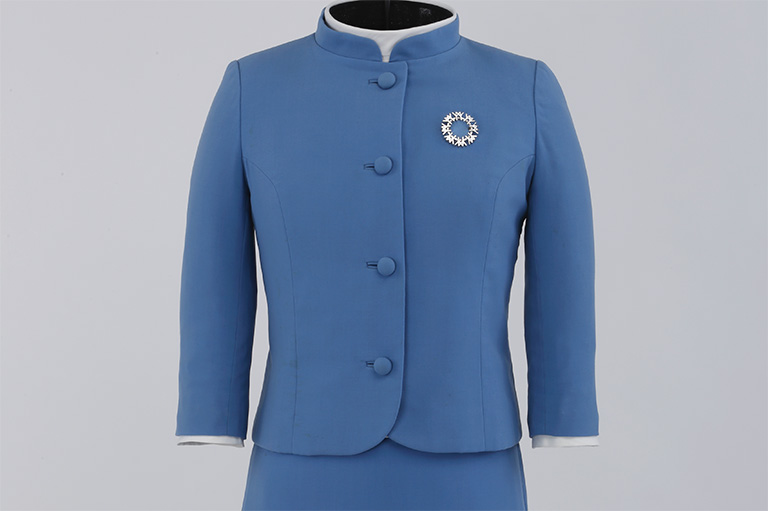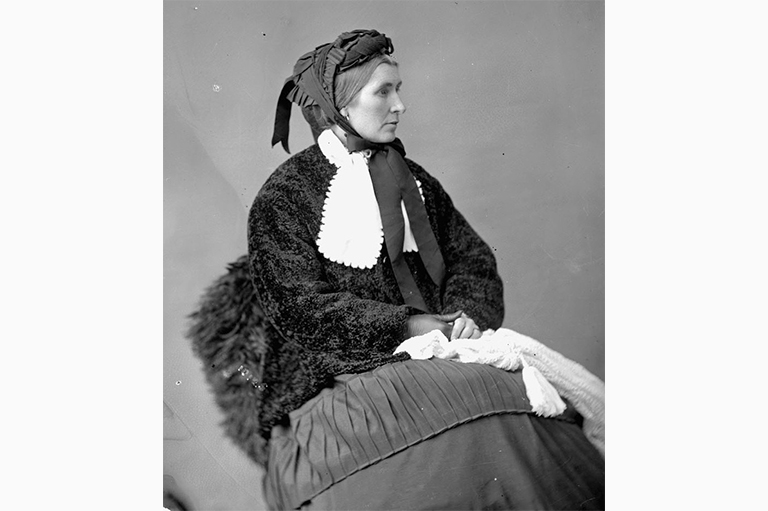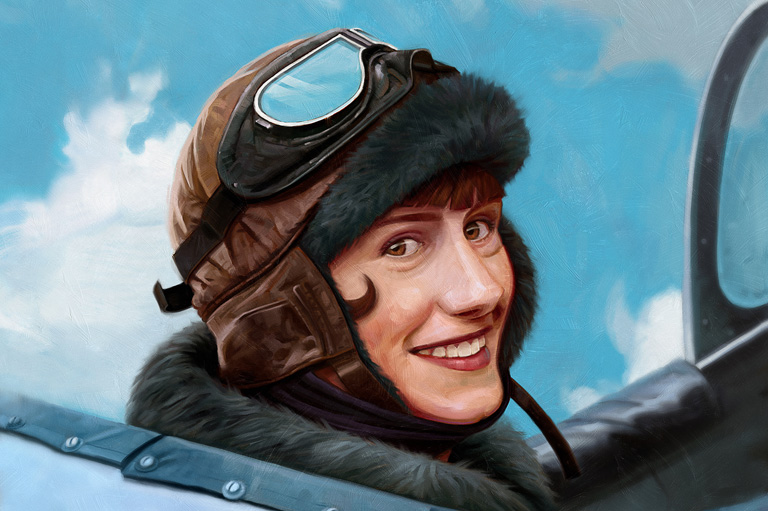Hannah Maynard
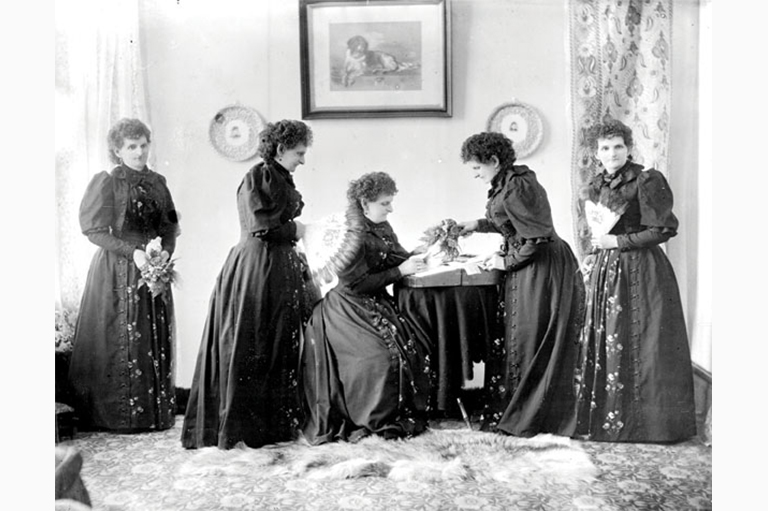
Artistically innovative and commercially successful, Hannah Maynard created works of uncommon sensitivity, emotional depth, and subtle humour during her brilliant fifty-year career.
Born in England in 1834, Hannah Maynard (née Hatherly) immigrated to Upper Canada at the age of eighteen with her husband, Richard Maynard. In 1858 Hannah was taking care of her four young children and learning photography in Bowmanville, Upper Canada, while her husband sought his fortune in the Fraser River gold rush in British Columbia. When Richard returned home four years later, they packed up their belongings and moved to Victoria to profit in their own way from the gold rush.
Confident and unafraid of self-promotion, she opened her first studio, Mrs. R. Maynard’s Photographic Gallery, with a sign emblazoned on the side of a wooden building. Richard, having apprenticed as a shoemaker in England, opened a boot-and-shoe store next door. Miners needed boots and boot repair. Successful gold prospectors wanted photographs. It was a ready-made market. Initially, Maynard produced tintypes, cartes-de-visite, and larger-format cartes-de-visite called cabinet cards. As a marketing tool she printed a list of the goods and services she offered on the back of each photo card. These included copying and enlarging, publishing, albums, frames, stereoscopes, and hair jewellery made to order.
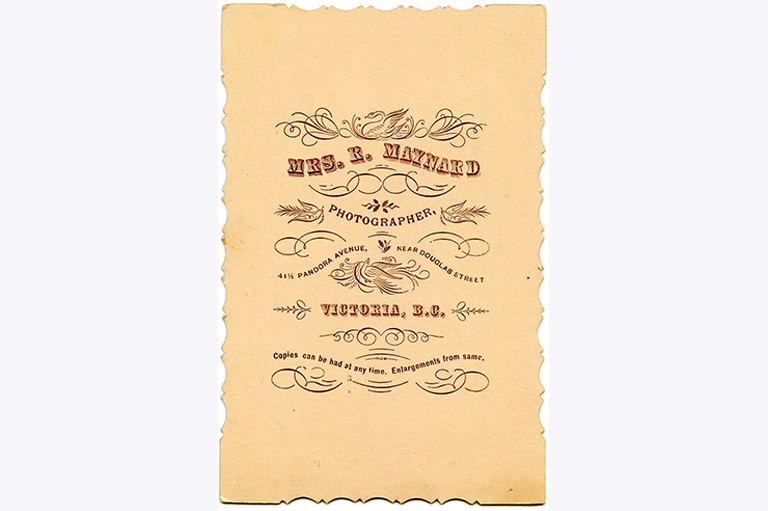
She adapted to a changing clientele, from gold miners to tourists, and photographed generation after generation of children’s portraits. She created photomontages of hundreds, even thousands, of children’s portraits that included some images as small as three square millimetres. She cut out each portrait, pasted them together, and re-photographed the results. At Christmas she gave these photomontages to past customers.
With 7 uniquely curated newsletters to choose from, we have something for everyone.
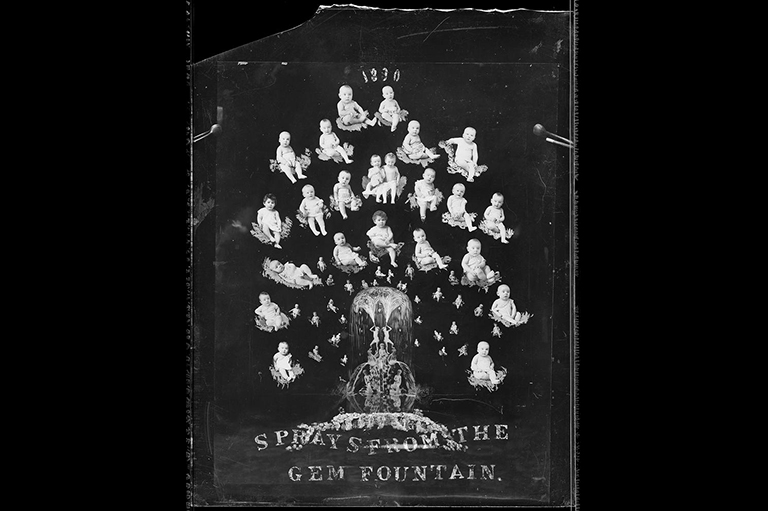
Over time, Maynard’s creativity and self-expression grew. She created photomontages, multiple exposures, and “photosculptures.” To make a photosculpture, she covered her subject with white powder, usually flour, and used a black cloth to hide aspects that she didn’t want in the picture. She combined the resulting picture with a picture of a plinth or pedestal to make the finished product look like a mounted statue. Maynard often combined multiple exposures with her photosculptures, creating surreal results.
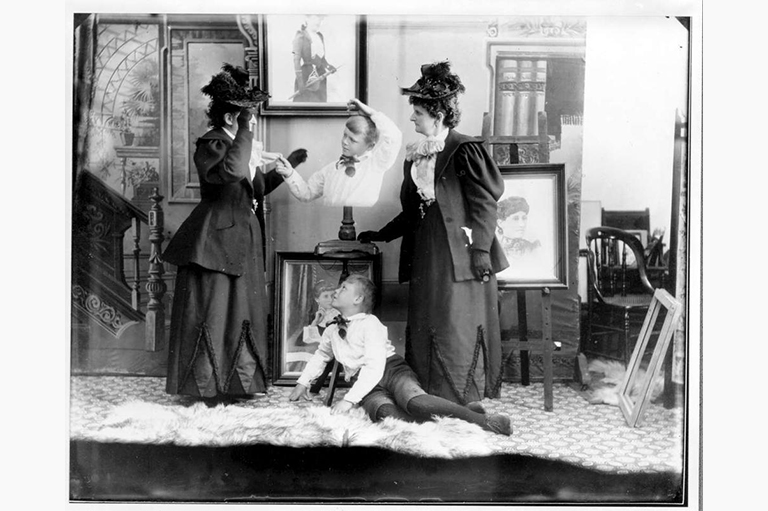
In 1883, Maynard lost two of her daughters — Lillie, who died of typhoid fever, and Emma, who drowned. Her daughter- in-law Adelaide drowned five years later in 1888. In mourning, Maynard joined a Victoria spiritualist group that sought to help its members contact the spirits of the dead. Her grief, and her feeling that the dead could be reached, are evident in her inclusion of framed photographs of the departed in some of her multiple-exposure images.
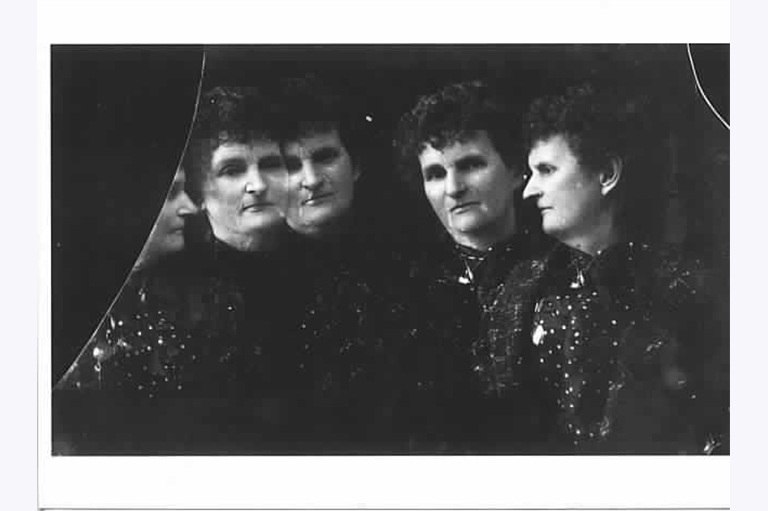
While most of the early women photographers received very little recognition during their lifetimes and still remain unknown, Maynard is an exception. She was the official photographer of the Victoria Police Department. She subscribed to photographic magazines and developed relationships with editors, who published her photographs and letters. However, her multiple-exposure images were not as well understood as her popular portraits. Trick photography was gaining in popularity, and trade magazines were suspicious of untraditional and amateur work. The St. Louis and Canadian Photographer, which in 1879 praised Maynard “as one of the most industrious and persevering ladies we have in the business,” stated in 1894 that her multiple-exposure photos were “on the freak order.”
Nevertheless, she persevered and continued operating her studio until she retired in 1912. Maynard’s skill and creativity match or exceed those of any photographer in Canada’s history.
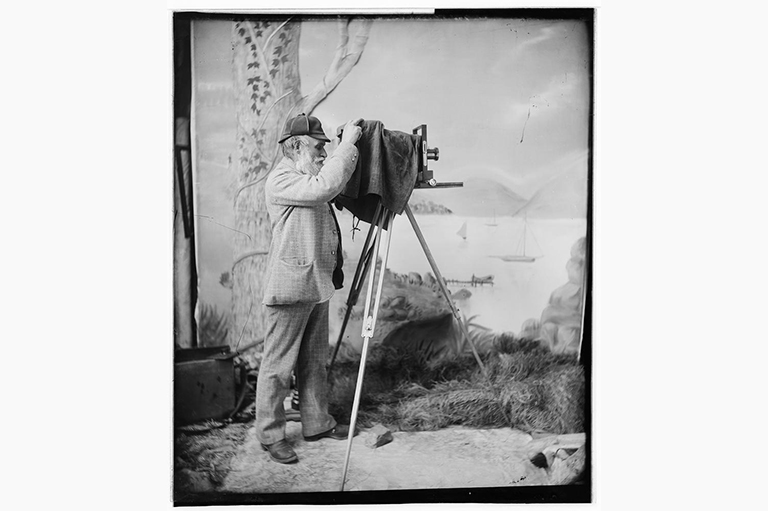
Save as much as 40% off the cover price! 4 issues per year as low as $29.95. Available in print and digital. Tariff-exempt!
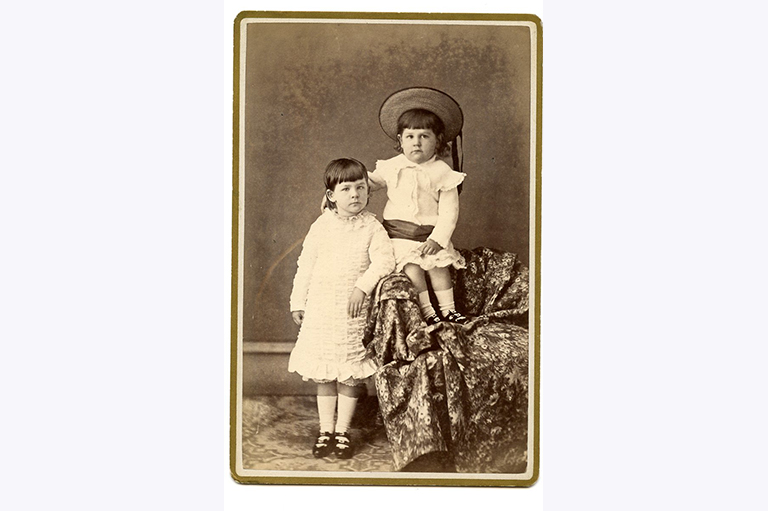
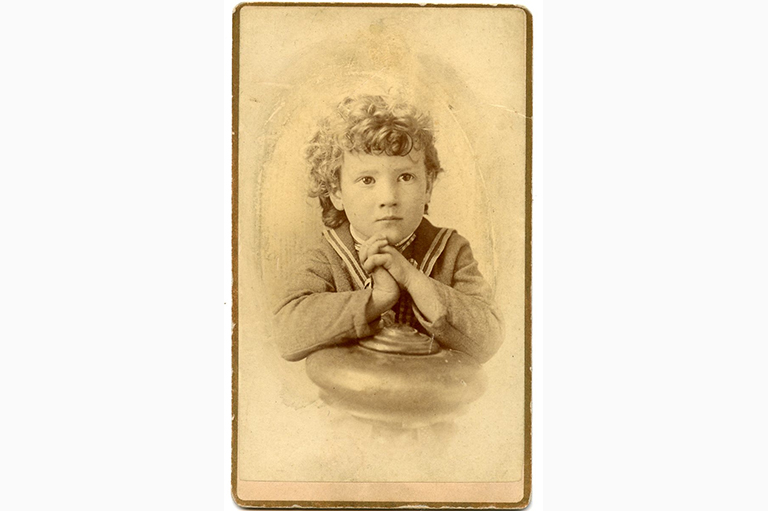
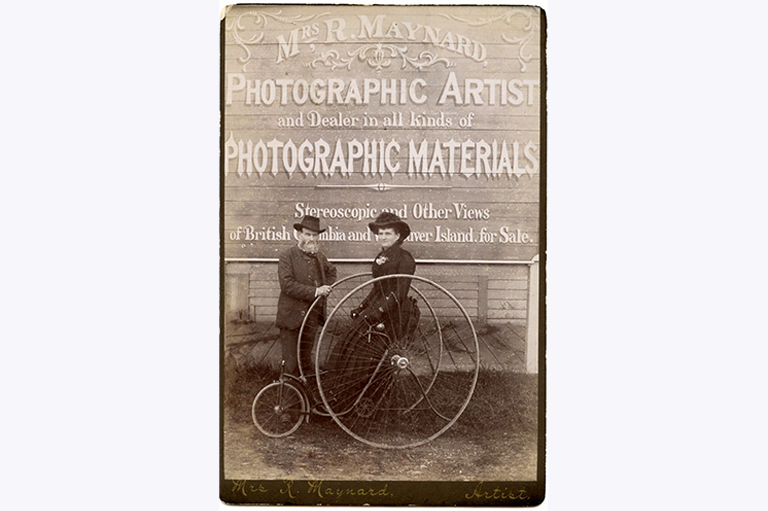
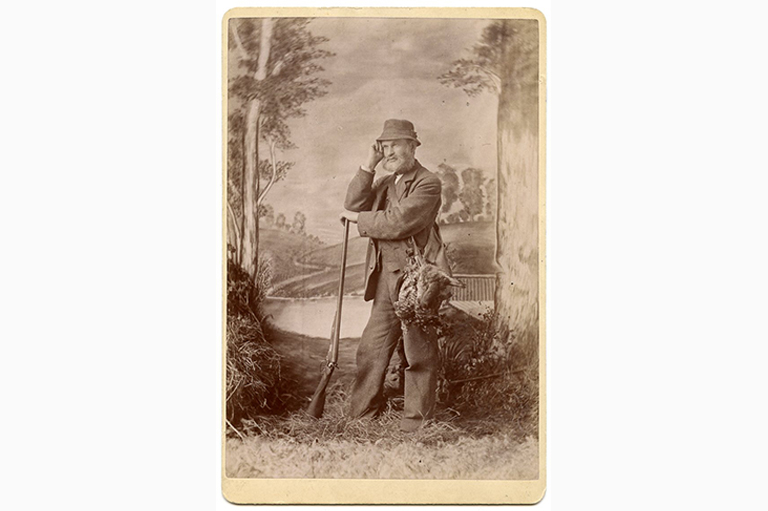
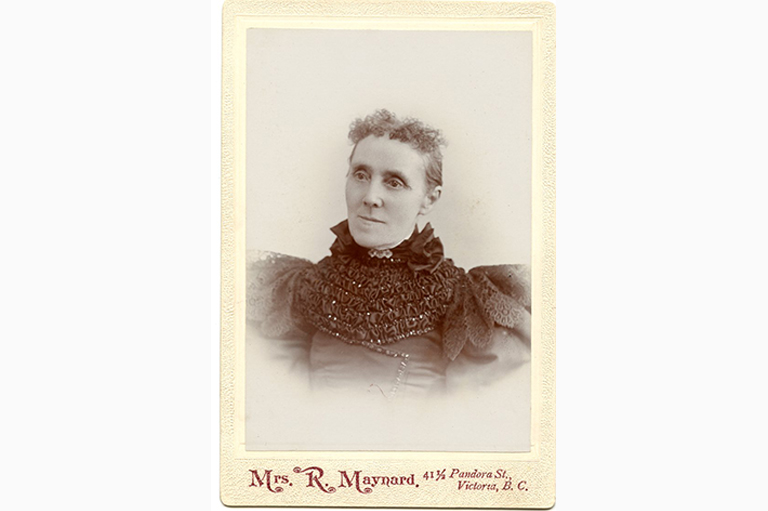
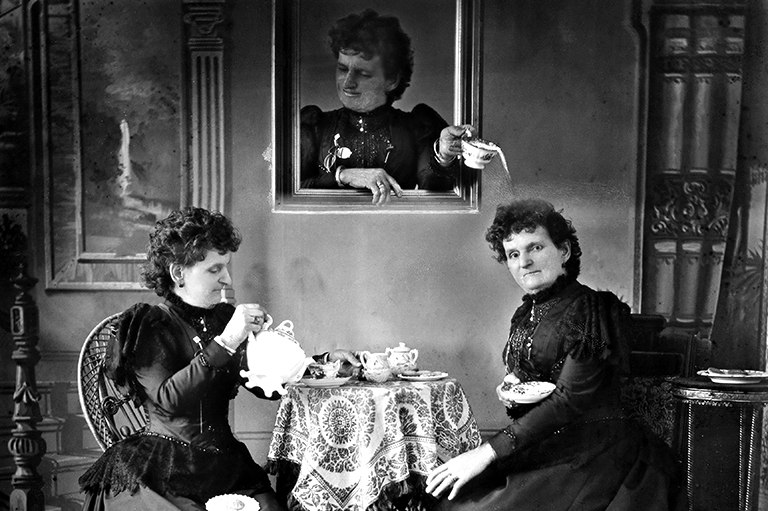
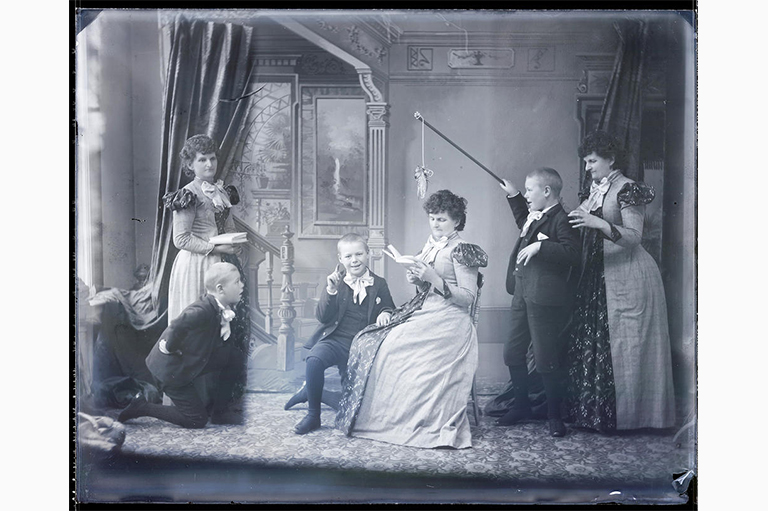
If you believe that stories of women’s history should be more widely known, help us do more.
Your donation of $10, $25, or whatever amount you like, will allow Canada’s History to share women’s stories with readers of all ages, ensuring the widest possible audience can access these stories for free.
Any amount helps, or better yet, start a monthly donation today. Your support makes all the difference. Thank you!
Themes associated with this article
Advertisement

